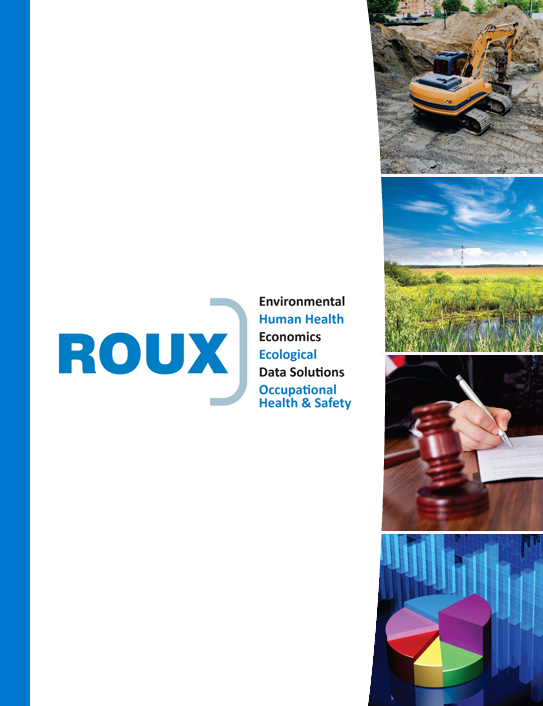Achieving Regulatory Closure and Reducing Long-term O&M
How to Shut Down Long-term Remediation System Operations and Maintenance (O&M) and Achieve Regulatory Closure
In some situations, long-term O&M can go on for decades, during which little progress is made in advancing a site toward regulatory closure. As a business, such long-term O&M projects can reduce your annual profits, increase your capital expenditures, and diminish your property values. Conducting a property transaction, obtaining a loan, or establishing a line of credit could be challenging because of the likely or perceived diminution of property value associated with ongoing pollution issues.
Complacency, inexperience in development of alternative closure approaches, and/or weak regulator relationships tend to drive environmental contractors/consultants to not “rock the boat.” This promotes unnecessary—and many times, decades-long O&M—rather than a focus on achieving site closure.
Chopping off the long tail O&M to achieve regulatory closure can be expedited through quickly understanding and answering the following:
- Are the pollution conditions stable for several years?
- Does the current pollution condition impact a sensitive receptor or occupancy?
- Has a risk assessment been recently conducted that includes an evaluation of whether the exposure pathways are complete, and potential risk?
Regulators frequently seek out alternative approaches to long-term O&M to reduce their open cases, and are amenable to risk assessments that can demonstrate that there is no benefit (e.g., no complete pathway(s) and therefore no risk to human health or the environment) to continue a long-term remediation operation.
If your firm is seeking closure of long-term O&M environmental issues, contact Roux to provide a cold-eyes review of your site using the form below. Our success in reducing long-term O&M projects and advancing sites toward regulatory closure has resulted in our clients reducing capital expenditures, increasing their property value, and removing the stigma of ongoing remedial activities to clean up contamination.
